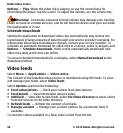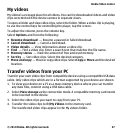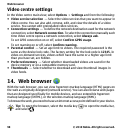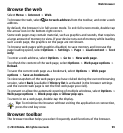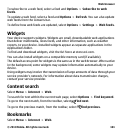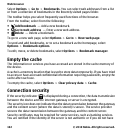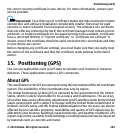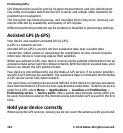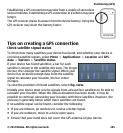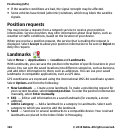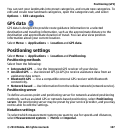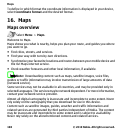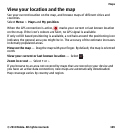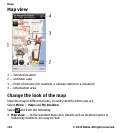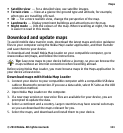GPS should not be used for precise location measurement, and you should never
rely solely on location data from the GPS receiver and cellular radio networks for
positioning or navigation.
The trip meter has limited accuracy, and rounding errors may occur. Accuracy can
also be affected by availability and quality of GPS signals.
Different positioning methods can be enabled or disabled in positioning settings.
Assisted GPS (A-GPS)
Your device also supports Assisted GPS (A-GPS).
A-GPS is a network service.
Assisted GPS (A-GPS) is used to retrieve assistance data over a packet data
connection, which assists in calculating the coordinates of your current location
when your device is receiving signals from satellites.
When you activate A-GPS, your device receives useful satellite information from an
assistance data server over the cellular network. With the help of assisted data, your
device can obtain the GPS position faster.
Your device is preconfigured to use the Nokia A-GPS service, if no service provider-
specific A-GPS settings are available. The assistance data is retrieved from the Nokia
A-GPS service server only when needed.
You must have an internet access point defined in the device to retrieve assistance
data from the Nokia A-GPS service over a packet data connection. To define an access
point for A-GPS, select Menu > Applications > Location and Positioning >
Positioning server > Access point. Only a packet data internet access point can
be used. Your device asks for the internet access point when GPS is used for the first
time.
Hold your device correctly
When using the GPS receiver, ensure you do not cover the antenna with your hand.
Positioning (GPS)
© 2010 Nokia. All rights reserved.104



